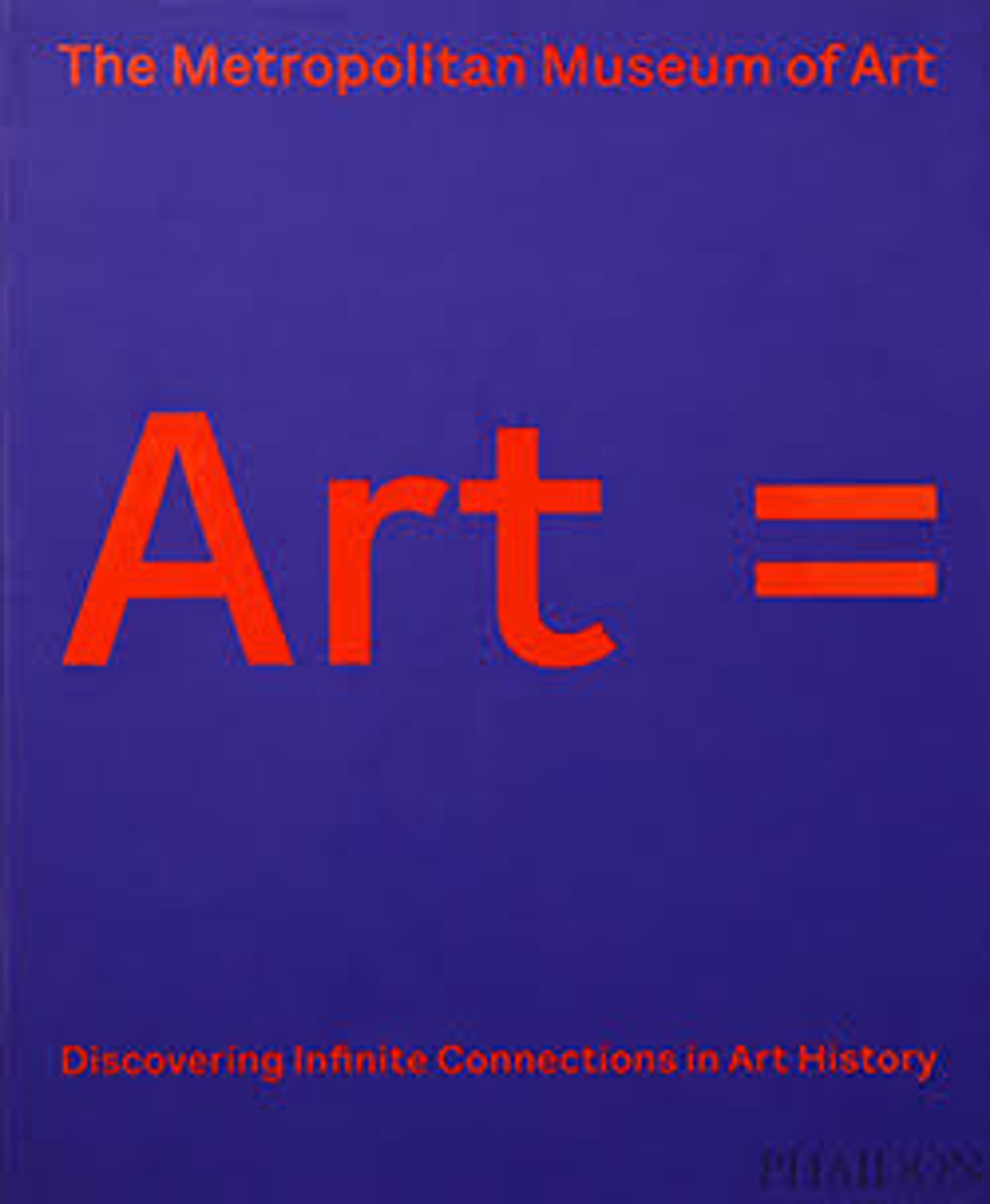English
Portrait of Shun'oku Myōha
The Zen monk Shun’oku Myōha (1311–1388) is shown sitting cross-legged in a red lacquer chair with his shoes placed on a footrest. Shun’oku’s illustrious monastic career included top administrative positions, abbotships at major monastery temples, including Tenryūji and Nanzenji in Kyoto, and close relationships with the first and third Ashikaga shoguns. Zen portraits called chinsō were disseminated among followers and served a ritual function in memorial services. The bamboo staff signifies authority, and Shun’oku’s decorative robes and kesa (monk’s vestment) are important signs of rank. Shun’oku inscribed his portrait with a poem:
There are no eyes atop the head.
There are eyebrows below the chin.
This is everything; this is nothing.
I also could not become a phoenix.
Inscribed by Myōha of Tenryū[ji] for [illegible] at Muryōju’in
—Translation by Anne Nishimura Morse and Samuel Morse
There are no eyes atop the head.
There are eyebrows below the chin.
This is everything; this is nothing.
I also could not become a phoenix.
Inscribed by Myōha of Tenryū[ji] for [illegible] at Muryōju’in
—Translation by Anne Nishimura Morse and Samuel Morse
Artwork Details
- 春屋妙葩像 自賛
- Title: Portrait of Shun'oku Myōha
- Artist: Unidentified artist Japanese
- Period: Nanbokuchō period (1336–92)
- Date: ca. 1383
- Culture: Japan
- Medium: Hanging scroll; ink, color, and gold on silk
- Dimensions: Image: 45 5/8 × 20 1/2 in. (115.9 × 52.1 cm)
Overall: 79 × 29 3/4 in. (200.7 × 75.6 cm)
Overall with knobs: 79 × 31 5/8 in. (200.7 × 80.3 cm) - Classification: Paintings
- Credit Line: Gift of Sylvan Barnet and William Burto, 2007
- Object Number: 2007.329
- Curatorial Department: Asian Art
More Artwork
Research Resources
The Met provides unparalleled resources for research and welcomes an international community of students and scholars. The Met's Open Access API is where creators and researchers can connect to the The Met collection. Open Access data and public domain images are available for unrestricted commercial and noncommercial use without permission or fee.
To request images under copyright and other restrictions, please use this Image Request form.
Feedback
We continue to research and examine historical and cultural context for objects in The Met collection. If you have comments or questions about this object record, please contact us using the form below. The Museum looks forward to receiving your comments.
